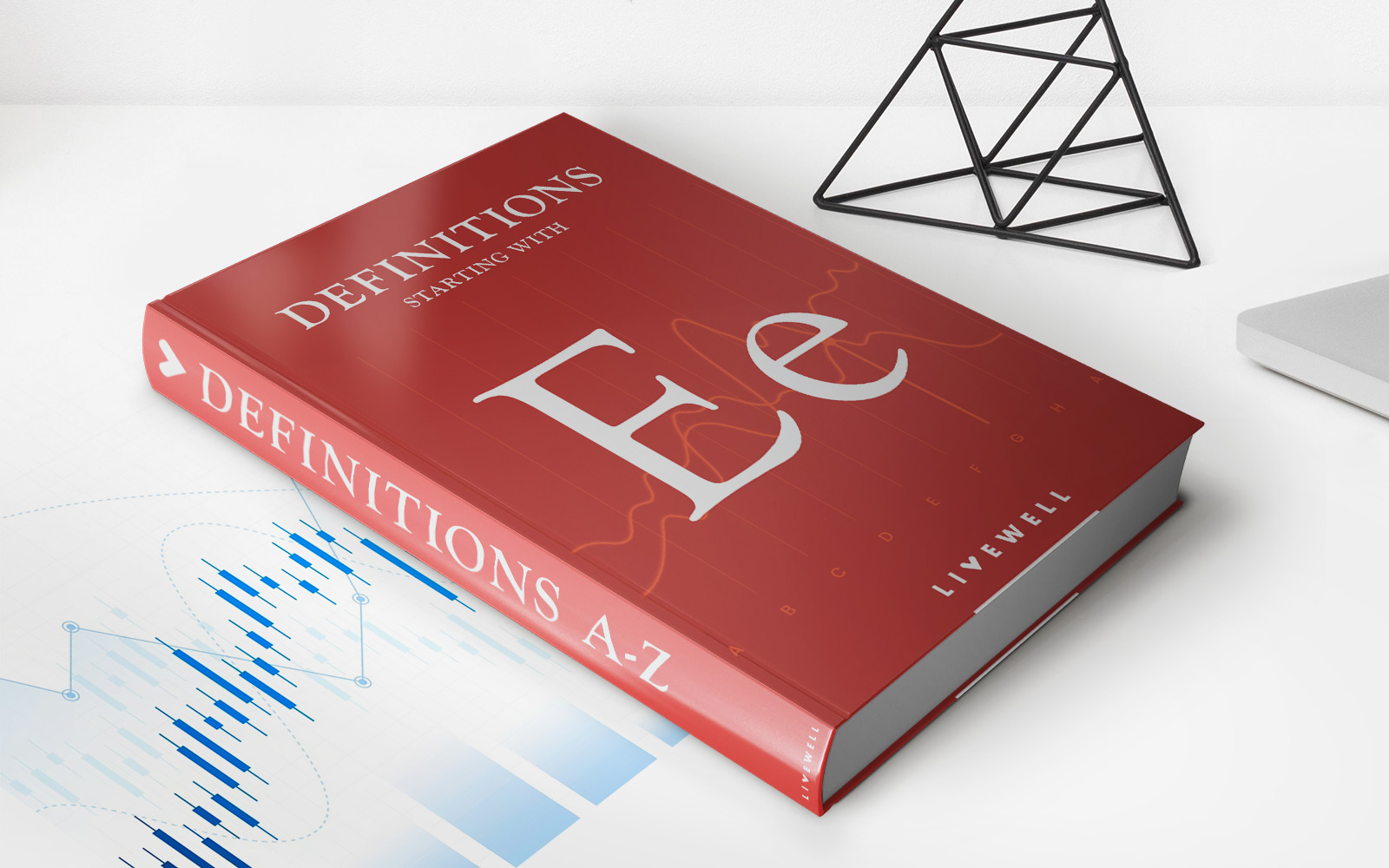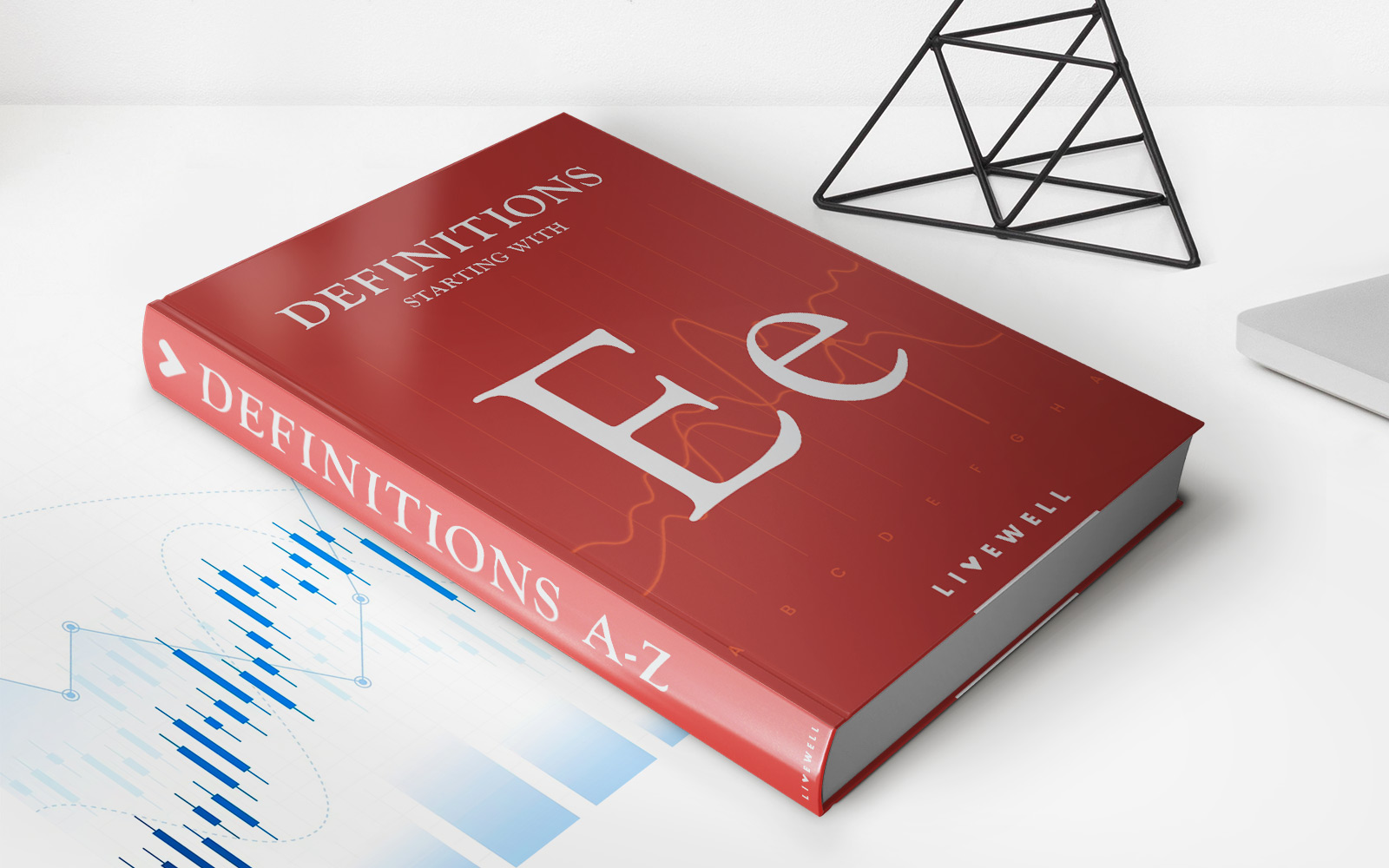Home>Finance>Debt-to-EBITDA Ratio: Definition, Formula, And Calculation


Finance
Debt-to-EBITDA Ratio: Definition, Formula, And Calculation
Published: November 8, 2023
Learn about the definition, formula, and calculation of debt-to-EBITDA ratio in finance. Gain insights into evaluating financial health and risk.
(Many of the links in this article redirect to a specific reviewed product. Your purchase of these products through affiliate links helps to generate commission for LiveWell, at no extra cost. Learn more)
Understanding the Debt-to-EBITDA Ratio in Finance
When it comes to evaluating the financial health of a company, there are several key metrics that investors and analysts consider. One such metric is the Debt-to-EBITDA ratio. In this blog post, we will dive into what the Debt-to-EBITDA ratio is, how it is calculated, and why it is important for understanding a company’s financial position.
Key Takeaways:
- The Debt-to-EBITDA ratio is a measure of a company’s ability to pay off its debt obligations using its earnings.
- A lower debt-to-EBITDA ratio indicates a company has less debt relative to its earnings and is considered financially healthier.
What is the Debt-to-EBITDA Ratio?
Debt-to-EBITDA ratio is a financial metric that provides insights into a company’s leverage, or how much debt it has relative to its earnings. The ratio is calculated by dividing a company’s total debt by its Earnings Before Interest, Taxes, Depreciation, and Amortization (EBITDA).
This ratio is a valuable tool for investors, creditors, and analysts to assess a company’s ability to service its debt and manage financial risk. It helps determine if a company has taken on too much debt and if it has the capacity to generate enough earnings to cover its debt obligations.
Calculating the Debt-to-EBITDA Ratio
The formula to calculate the Debt-to-EBITDA ratio is straightforward:
Debt-to-EBITDA Ratio = Total Debt / EBITDA
To calculate the total debt, you would consider the company’s long-term debt, short-term debt, and any other outstanding obligations. EBITDA represents the earnings generated by the company before subtracting interest, taxes, depreciation, and amortization.
Why is the Debt-to-EBITDA Ratio Important?
The Debt-to-EBITDA ratio is an essential measure for both investors and companies themselves. Here are a few reasons why:
- Assessing Financial Health: A lower debt-to-EBITDA ratio is generally considered positive, indicating that a company has less debt relative to its earnings. This suggests that the company is in a better position to meet its financial obligations and is considered financially healthier.
- Comparison across Industries: Since different industries have varying capital structures and debt levels, the Debt-to-EBITDA ratio allows for meaningful comparisons within the same industry. Investors can use this ratio to benchmark a company against its peers.
- Evaluating Risk: Companies with a high debt-to-EBITDA ratio may face higher financial risk, especially if they experience a decline in earnings. This ratio helps identify companies that may struggle to meet debt obligations during challenging times.
By understanding the Debt-to-EBITDA ratio and its implications, investors and analysts can make more informed financial decisions, whether it’s evaluating potential investments or assessing the financial health of a company.
Wrapping Up
The Debt-to-EBITDA ratio is a powerful metric that provides insights into a company’s financial health, ability to service debt, and evaluate risk. By analyzing this ratio, investors and analysts can gain a better understanding of a company’s financial position and make informed decisions. Remember, a lower ratio is generally considered more favorable as it signifies a healthier financial state.














